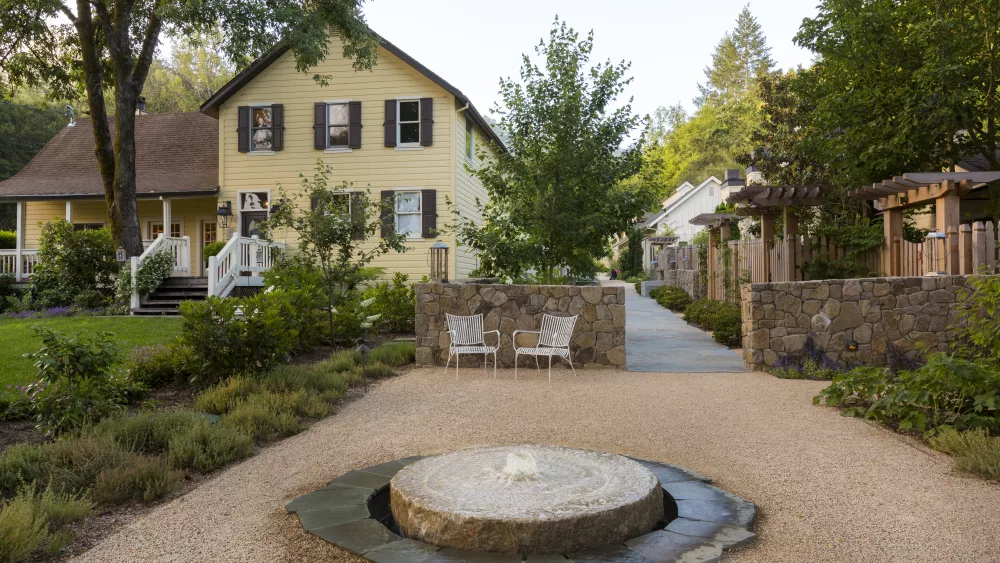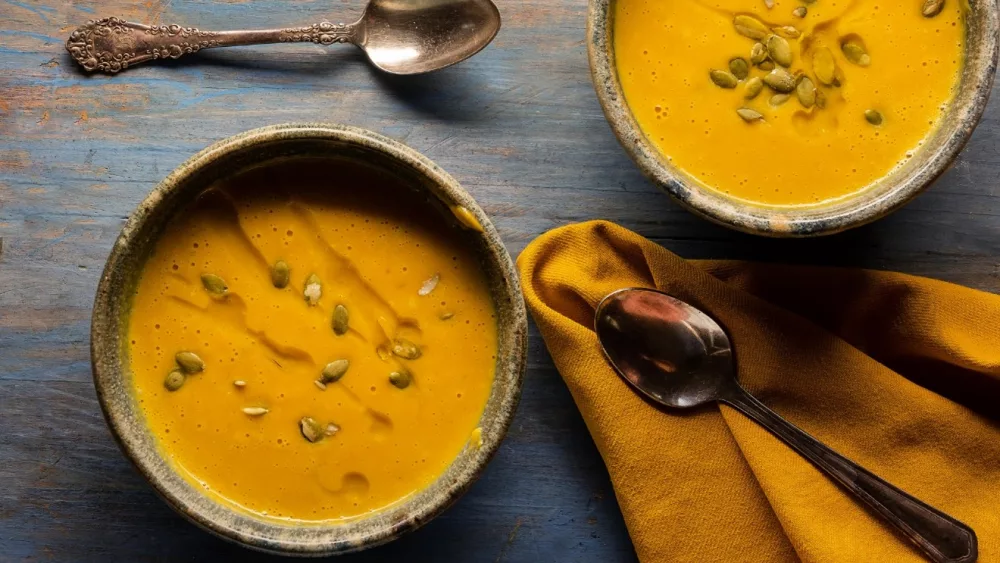
[Will Bucquoy Photography]
After years of wildfires, extreme heat, drought, a pandemic and changing consumer behavior, the wine industry now faces another threat: the cost and availability of insurance. Coverage for wineries and vineyards has become astronomically expensive, or it’s no longer available at all.
Many within California’s $40 billion wine industry are finding that their insurance has increased as much as 300% in the last year alone. And those are the lucky ones. Other vintners now report that they’ve been dropped from coverage altogether with no alternative.
Hugh Davies, the proprietor of Schramsberg Vineyards in the Napa Valley, was quoted by the San Francisco Chronicle as saying their insurance premium increased from $200,000 a year with a $25,000 deductible to $800,000 a year with a $500,000 deductible. Sounding characteristically upbeat, Davies said he is guessing that this is a phase and that once the region is not ravaged by yearly forest fires the industry will adapt and pricing might regain some sanity. Let’s hope so.
As it stands now, many of the state’s 4,000-plus vintners and thousands of growers are forgoing insurance altogether. This, of course, puts them at risk for a single event—fire, excessive heat, smoke damage, drought-ruined crop, etc.—that would likely result in failed businesses.
We must not forget that other agricultural businesses within the state’s borders besides the wine industry have also been negatively impacted by these harsh conditions. Many within the state’s vast agricultural community are hoping that Sacramento will step in quickly. Sen. Susan Rubio—D-Baldwin Park, Los Angeles County—has proposed quick action on SB11 that would allow any agricultural business to be eligible for the California Fair Plan (CFP). The CFP allows purchasing pooled-risk-sharing insurance plans for homeowners so that those even in the highest risk areas are guaranteed coverage.
Smoke-taint challenges
Another insurance dilemma is how and when smoke damage is to be covered. Presently, there are no widely agreed-upon thresholds for the quantities of smoke-damaged grapes that warrant being discarded. The result of this lack of clarity is many grape-growers, even those with lab tests showing high levels of smoke-taint chemicals, are finding skeptical responses from their insurance carriers.
To complicate matters, there is a growing barrage of lawsuits from growers who are suing wineries that would not take their grapes because of smoke-taint concerns. On the other side, wineries are now suing growers, claiming that their smoke-tainted fruit ruined winery equipment or even whole vintages of wine when said grapes were used as a blending component in larger batches, even if those grapes didn’t show high levels of the offending chemicals in lab tests.
What does all of this mean for an industry that just wants to make wine?
One possible outcome is that some smart venture-capital-backed internet startup finds some new angle when it comes to insuring agricultural products within a state that is the world’s cornucopia of fruit, vegetable, nut and wine production.
Another is that after a few years with fewer fires, plenty of rain and a rebound in consumer demand for wine the insurance industry has a change of heart and re-enters the market with gusto.
A third—and most likely—scenario is that after a year or two of arm-twisting, Sacramento convinces the insurance industry that it is imperative for big and small companies to have access to affordable insurance so they might continue to grow and process the products that feed and imbibe the country. Fully 80% of American wine is grown and made in California.
Farmers and vintners try to survive
There will always be behemoths within any industry that can afford to self-insure and weather a million-dollar loss here or there. But small family farms can’t, and they are the lifeblood of the industry. It is within this sector that much of the innovation, imagination and dreaming occurs.
Gathered around a kitchen table, small family farmers excel at problem-solving: how to creatively farm more sustainably, how to grow higher-quality grapes economically, how best to adapt vineyard and winemaking practices to an ever-changing climate. They do so with the dream of passing their farms along to their children. Tragically, however, for the last decade, these same family farmers have been battered and bruised from all sides. Now when they are sitting around the table, they are often focused not on dreaming and innovating but on how they might survive for another year. These are a proud bunch of men and women. They are not looking for a handout, but they need a break and could use meaningful assistance.




